Language
WORLDWIDE SHIPPING
Professional induction ThermoBlender
€799.00
€654.92
Availability:
In stock
Thermoblender, professional thermal blender with induction heating, operated via touchscreen and knob.
It features induction heating, a 2 liter dishwasher safe stainless steel mug, removable knife, fixed lid (do not turn without lid), 40-11000 rpm. (the blade is reversible), precise heating from 37.0 to 110.0 ° C, built-in timer and scale.
The following accessories are also included as standard: spatula, whisk, rice basket and steamer.
All of this makes it a multifunctional blender.
In addition to the properties of a traditional blender, this thermal blender is equipped with induction heating and is extremely suitable for cooking and preparing soups and sauces.
The housing is made of plastic and the mixing bowl made of stainless steel.
The mug has a removable knife set and a special bimetallic bottom to convert heat.
Using the measuring cup with scale, ingredients can be added to the cup through the hole in the lid.
The temperature can be set between 40 and 110 ° C.
Time, temperature and speed (40-11,000 rpm) can be adjusted and set via the LCD control panel.
The included accessories make this food processor complete for all kinds of applications in the cold and hot kitchen.
The suction cup feet ensure that the device stays in place during the mixing process.
Dimensions 320 x 300 x 330 mm (LxWxH)
Voltage 230 V
Power 1600 W
Frequency (Hz) 50 Hz
Weight: 8.5 kg
Factory warranty: 12 months
FAQs

 IT
IT FR
FR
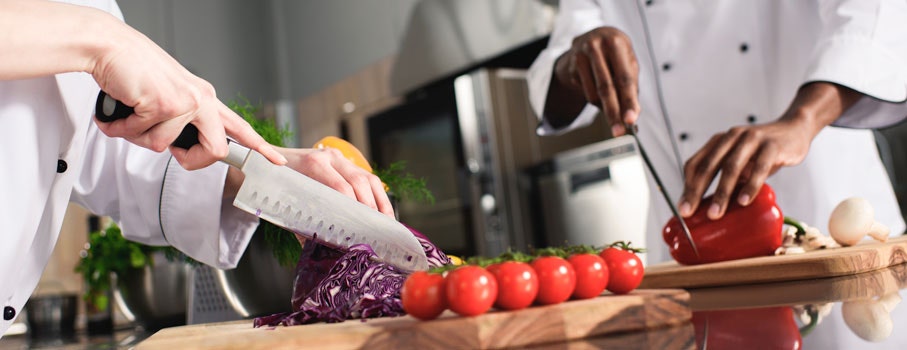
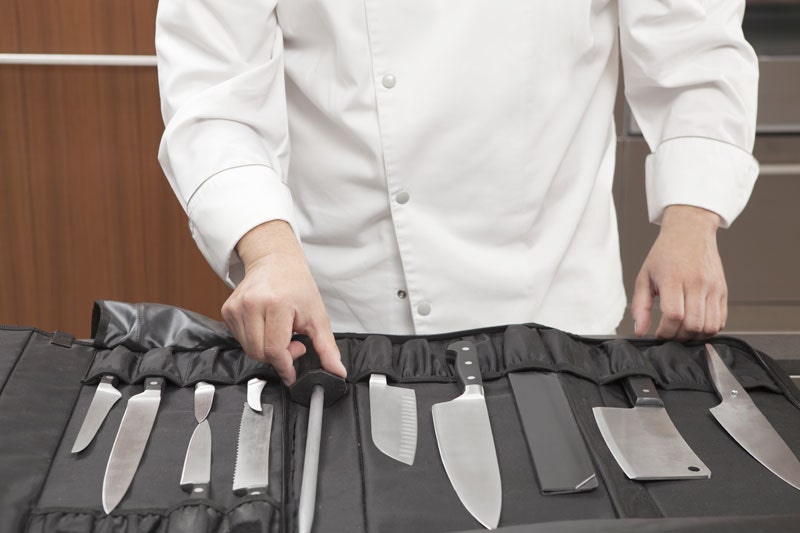
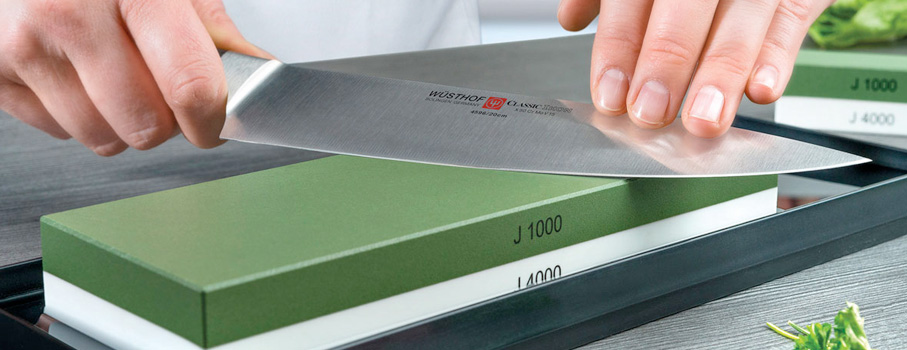
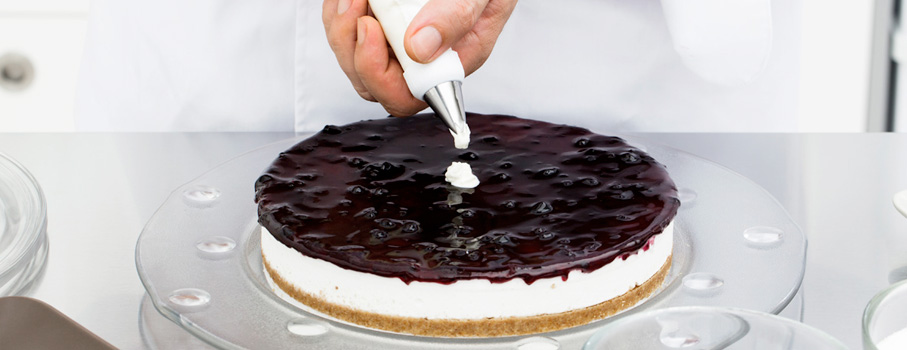

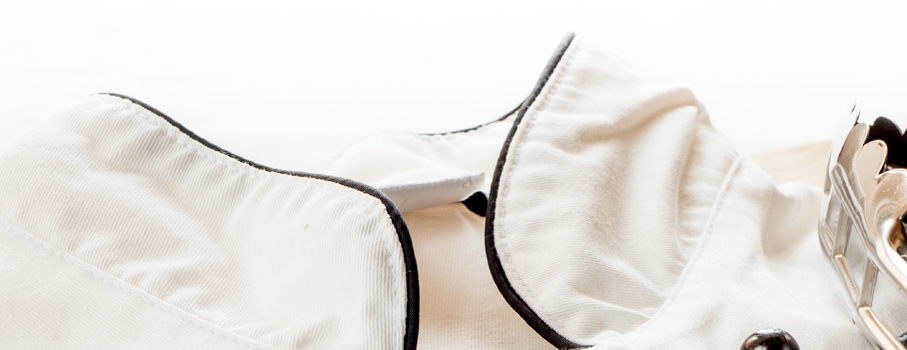
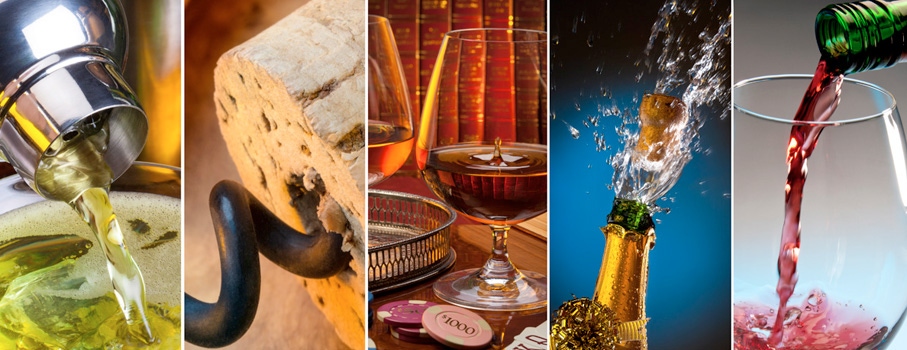
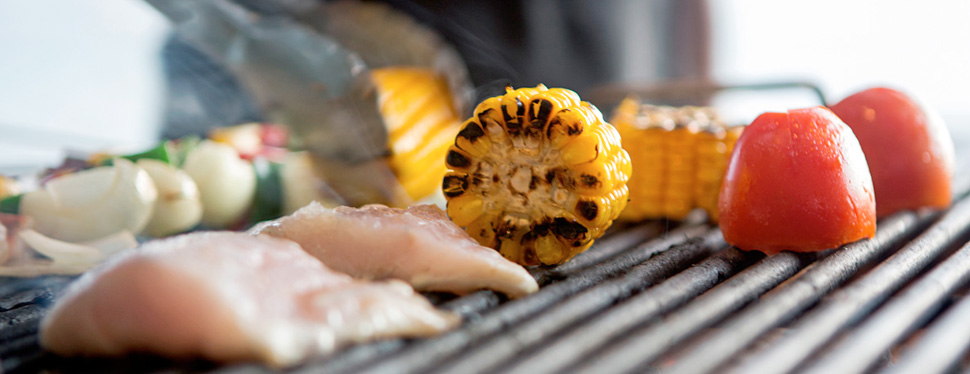

 IT
IT FR
FR
